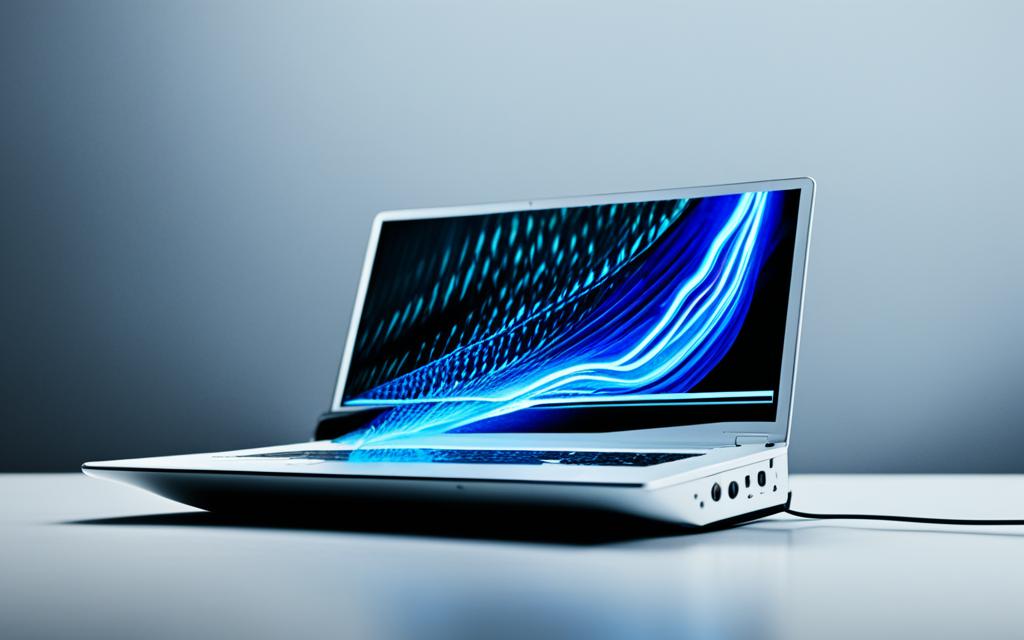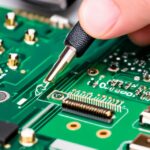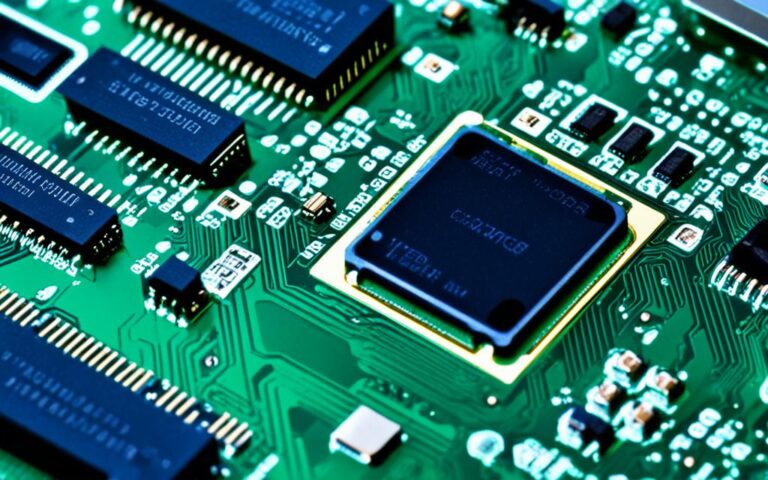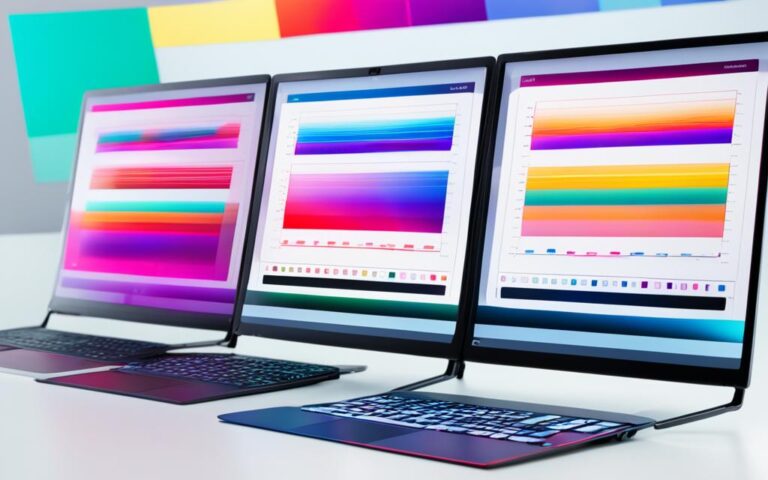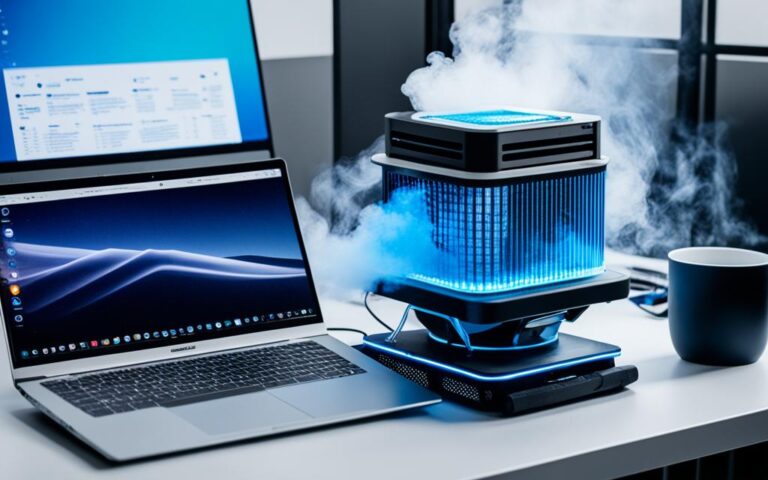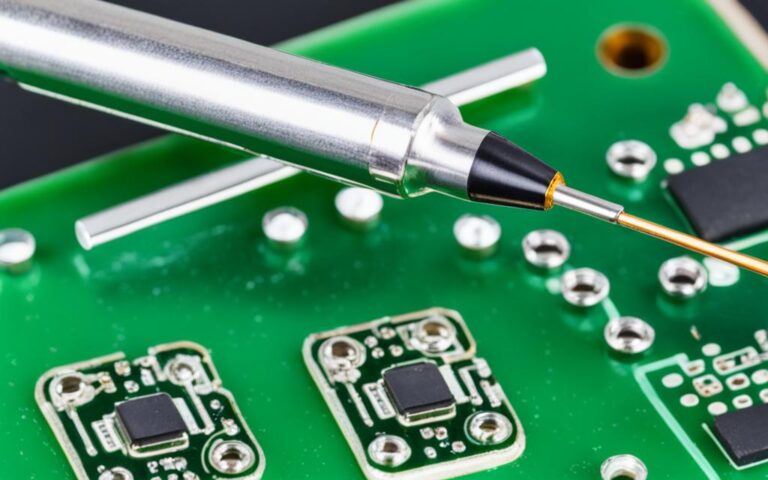Tips for Fixing Laptop Speaker Problems
When laptop speakers stop working, it can be frustrating. There are several potential issues that could be causing the problem, including sound settings, speaker configuration, bad drivers, or hardware defects. To fix laptop speaker problems, you can try simple troubleshooting steps such as checking sound settings, testing with headphones, ensuring the audio sensor is not stuck, checking playback device settings, running the sound troubleshooter, disabling audio enhancements, updating audio drivers, editing the registry, and inspecting for physical damage or loose connections. If these steps don’t resolve the issue, professional repair may be necessary.
When it comes to laptop speaker problems, it’s essential to be aware of the common issues that could arise. Some of these include sound settings being muted, incorrect speaker configuration settings, corrupt or outdated audio drivers, and physical defects or damage to the speakers or wiring. By identifying the specific issue, you can then proceed to troubleshoot and fix the problem.
To troubleshoot and fix laptop speaker problems, you can follow several steps. Start by checking if the sound is muted and unmute it if necessary. Try using headphones to determine if the issue is with the speakers or the software. Check the audio sensor to ensure it is not stuck. Verify that the laptop speakers are set as the default playback device. Run the sound troubleshooter, disable audio enhancements, and check for audio driver updates. In some cases, editing the registry may be necessary. Finally, inspect for physical damage or loose connections. If these steps don’t solve the problem, professional repair may be required.
The steps to resolve laptop speaker issues may vary slightly depending on the operating system. For Windows 10 and Windows 11, you can follow similar troubleshooting steps such as checking sound settings, running the sound troubleshooter, disabling audio enhancements, updating audio drivers, and inspecting for physical damage or loose connections. On macOS Big Sur, you can adjust sound settings through the Control Center icon and ensure the correct output device is selected. The overall troubleshooting process remains similar for different operating systems.
While many laptop speaker problems can be resolved through troubleshooting steps, there may be instances where professional repair is necessary. If you have followed all the troubleshooting steps and the speakers still don’t work, or if you suspect there is physical damage that requires expertise to fix, it’s best to seek professional laptop speaker repair. If your laptop is still under warranty, you may be able to get the repair covered by the manufacturer. Consider the complexity of the issue, your level of expertise, and the warranty status before deciding whether to attempt DIY repairs or consult professionals.
Laptop speaker problems can be frustrating, but with the right troubleshooting steps, many issues can be resolved. By checking sound settings, running the sound troubleshooter, updating audio drivers, and inspecting for physical damage or loose connections, you can often fix laptop speaker problems at home. However, if the issues persist or if there is clear physical damage, it’s advisable to consult professional laptop speaker repair services. Remember to consider warranty coverage and your own level of expertise before attempting any repairs.
Common Issues with Laptop Speakers
When it comes to laptop speakers, there are several common issues that can arise, resulting in the speakers not working as they should. By understanding these issues, you can effectively troubleshoot and resolve the problem.
- Sound settings: One of the most common reasons for laptop speakers not working is accidentally muted sound settings. It’s worth checking the volume controls and ensuring that the mute option is not enabled.
- Speaker configuration: Incorrect speaker configuration settings can also cause audio issues. Make sure that the laptop speakers are set as the default playback device. This can usually be done in the sound settings of your operating system.
- Bad drivers: Corrupt or outdated audio drivers can impact the performance of your laptop speakers. It’s essential to keep your audio drivers up to date to ensure optimal sound quality. You can often download the latest drivers from the manufacturer’s website.
- Hardware defects: Physical defects or damage to the speakers or wiring can also lead to speaker problems. Inspect the speakers and their connections for any visible damage or loose connections that might be affecting the audio output.
Identifying the specific issue causing the problem with your laptop speakers is crucial in order to resolve it effectively. Once you have determined the cause, you can then proceed with the appropriate troubleshooting steps.
Remember to always refer to the manufacturer’s guidelines or seek professional assistance if you are unsure about performing any hardware-related troubleshooting or repairs.
To give you a better understanding of the common issues with laptop speakers, here is a detailed table summarizing these problems:
| Issue | Description |
|---|---|
| Sound settings being muted | The sound settings on the laptop may be muted, resulting in no audio output from the speakers. Check the volume controls and ensure the mute option is disabled. |
| Incorrect speaker configuration settings | Wrong speaker configuration settings can affect the audio output. Ensure that the laptop speakers are set as the default playback device. |
| Corrupt or outdated audio drivers | Outdated or corrupt audio drivers can impact the performance of the laptop speakers. Keep your drivers up to date by downloading the latest versions from the manufacturer’s website. |
| Physical defects or damage | Physical defects or damage to the speakers or wiring can result in no sound or distorted audio. Inspect the speakers and their connections for any visible issues. |
By understanding these common issues, you can take the necessary steps to troubleshoot and fix the problem with your laptop speakers.
Troubleshooting Laptop Speaker Problems
To troubleshoot and fix laptop speaker problems, follow these steps:
- Check if the sound is muted. If it is, unmute it to restore audio playback.
- Use headphones to determine if the issue is with the laptop speakers or the software. If audio plays fine through the headphones, the problem is likely with the speakers.
- Inspect the audio sensor to ensure it is not stuck. Sometimes, a stuck sensor can prevent sound from playing through the laptop speakers.
- Verify that the laptop speakers are set as the default playback device. Incorrect settings can cause sound to play through other devices, such as external speakers or headphones.
- Run the sound troubleshooter on your laptop. This built-in tool can help identify and fix common audio issues.
- Disable audio enhancements in the sound settings. Certain enhancements can interfere with the proper functioning of laptop speakers.
- Check for audio driver updates. Outdated or corrupt drivers can cause problems with sound playback. Visit the manufacturer’s website or use a driver update tool to download the latest drivers for your laptop.
- If necessary, edit the registry to resolve any conflicts that may be affecting the speakers. This step should only be undertaken if you are comfortable making changes to the registry.
- Inspect the laptop speakers for physical damage or loose connections. Damage or loose wires can prevent sound from playing through the speakers. If you find any issues, consider getting professional repair or replacement.
Remember:
Proper troubleshooting can often resolve laptop speaker problems without the need for professional repair. However, if the steps above don’t solve the issue, or if you’re unsure about making any changes to your laptop, it’s advisable to seek expert assistance.
By following these troubleshooting steps, you can effectively fix common laptop speaker problems and enjoy high-quality audio playback on your device.
Resolving Laptop Speaker Issues on Different Operating Systems
Resolving laptop speaker issues can vary depending on the operating system you are using. Let’s break down the troubleshooting steps for different OSs:
Windows 10 and Windows 11
- Check the sound settings: Ensure that the audio is not muted or set to a low volume.
- Run the sound troubleshooter: This built-in tool can help diagnose and fix common sound issues automatically.
- Disable audio enhancements: Some enhancements may interfere with your laptop speakers. Disable them to see if it resolves the problem.
- Update audio drivers: Outdated or faulty drivers can cause sound problems. Update them through the Device Manager or the manufacturer’s website.
- Inspect for physical damage or loose connections: Check for any visible damage or loose cables that may be affecting the speaker’s performance.
macOS Big Sur
Fixing sound issues on macOS Big Sur is a slightly different process:
- Adjust sound settings through Control Center: Click on the Control Center icon in the menu bar, then select the correct output device for audio playback.
- Verify volume levels: Ensure that the volume is not muted or set to a very low level.
- Check third-party audio software: If you have any third-party audio software installed, make sure it is configured correctly.
- Inspect for physical damage or loose connections: As with any operating system, physical damage or loose connections can affect speaker performance. Examine the hardware for any visible issues.
Overall, the troubleshooting process for laptop speaker issues remains similar across different operating systems. By following these steps, you can diagnose and resolve common problems effectively.
Don’t forget to refer to the manufacturer’s documentation or support resources for specific instructions tailored to your laptop model and operating system.
| Operating System | Troubleshooting Steps |
|---|---|
| Windows 10/11 | 1. Check sound settings 2. Run sound troubleshooter 3. Disable audio enhancements 4. Update audio drivers 5. Inspect for physical damage or loose connections |
| macOS Big Sur | 1. Adjust sound settings through Control Center 2. Verify volume levels 3. Check third-party audio software 4. Inspect for physical damage or loose connections |
When to Seek Professional Laptop Speaker Repair
While many laptop speaker problems can be resolved through troubleshooting steps, there may be instances where professional laptop speaker repair is necessary. If you have followed all the troubleshooting steps and the speakers still don’t work, or if you suspect there is physical damage that requires expertise to fix, it’s best to seek professional laptop speaker repair.
If your laptop is still under warranty, you may be able to get the repair covered by the manufacturer. Consider the complexity of the issue, your level of expertise, and the warranty status before deciding whether to attempt DIY repairs or consult professionals.
When it comes to your laptop speakers, it’s important to prioritize their performance and quality. Don’t hesitate to reach out to professionals in laptop speaker repair who can diagnose and fix the problem effectively.
By seeking professional laptop speaker repair, you can ensure that your laptop speakers are in the hands of experienced technicians who have the knowledge and tools to properly diagnose and resolve the issue.
Remember, attempting to fix laptop speaker problems on your own without the necessary expertise can worsen the situation or even cause further damage. It’s always wise to rely on professional laptop speaker repair to get your speakers back to optimal functionality.
Conclusion
Laptop speaker problems can be frustrating, but with the right troubleshooting steps, many issues can be resolved. By checking the sound settings, running the sound troubleshooter, updating the audio drivers, and inspecting for physical damage or loose connections, you can often fix laptop speaker problems at home.
However, if the issues persist or if there is clear physical damage, it is advisable to consult professional laptop speaker repair services. They have the expertise and knowledge to diagnose and fix complex speaker problems. Additionally, if your laptop is still under warranty, it’s worth considering professional repair to ensure the warranty coverage remains intact.
Before attempting any repairs, it is important to consider your own level of expertise and technical skills. Some laptop speaker repairs may require advanced knowledge and tools. If you are unsure or uncomfortable performing the repairs yourself, it’s best to seek assistance from professionals.
In conclusion, while many laptop speaker problems can be solved through troubleshooting, there are cases where professional repair is necessary. By taking the right steps and considering the warranty coverage and your expertise, you can efficiently address laptop speaker issues and enjoy optimal audio performance on your device.
